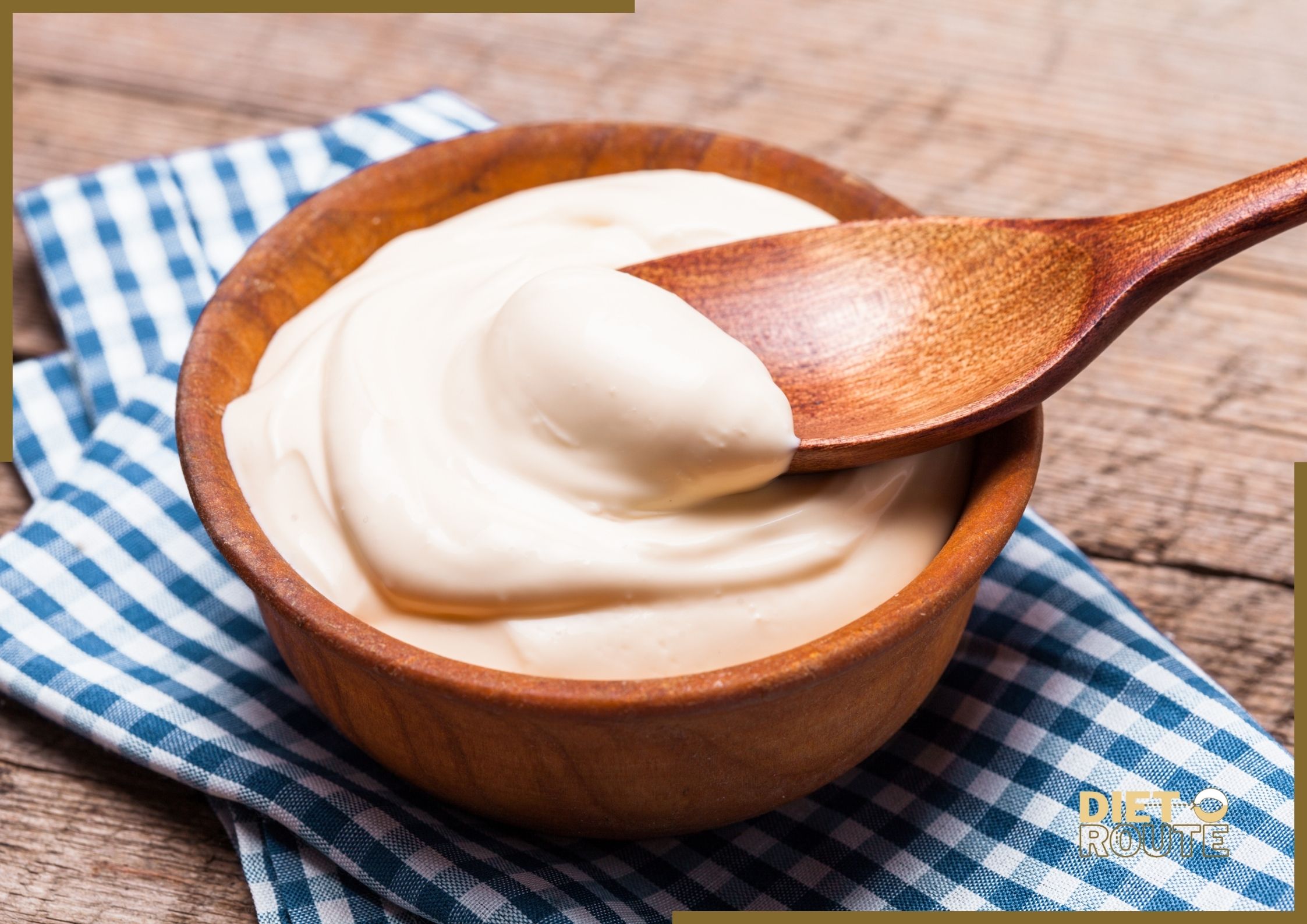Table of Contents
Introduction
Whipped cream is a tasty and indulgent topping that gives cakes, hot drinks, and other sweet treats a creamy and fluffy texture. In this article, we’ll look at the nutrition facts, talk about its pros and cons, answer some of the most common questions about it, and give you other useful information to help you decide whether or not to add it to your diet.
Nutritional Value Approximately 100g
| Nutrient | Amount Per Serving (1 tablespoon) | % Daily Value |
| Calories | 52 | 3% |
| Total Fat | 5.5g | 7% |
| – Saturated Fat | 3.4g | 17% |
| – Trans Fat | 0.2g | |
| Cholesterol | 18mg | 6% |
| Sodium | 5mg | 0% |
| Total Carbohydrates | 0.4g | 0% |
| – Dietary Fiber | 0g | 0% |
| – Sugars | 0.4g | |
| Protein | 0.2g | 0% |
| Vitamin A | 237IU | 5% |
| Calcium | 6mg | 0% |

Pros
1. Whipped cream gives desserts, drinks, and other foods a creamy, light, and fluffy texture, which makes them taste and look better overall.
2. It goes well with a lot of different treats, like cakes, pies, hot chocolate, and fruit salads, giving you a lot of different options for tasty combinations.
3. It is a calorie-dense food that offers a quick source of energy, making it suitable for individuals who need a calorie boost.
Cons
1. It has a lot of calories and fat. Individuals with certain dietary restrictions may experience weight gain from excessive consumption, which can be problematic.
2. Some individuals may have allergies to or intolerances to dairy products, which include whipped cream. If you have special dietary needs, it’s important to think about other options.
Frequently Asked Questions (FAQ)
1. Is whipped cream part of a healthy diet?
It can be part of a healthy diet once in a while. It’s important to watch how much you eat and remember that it has a lot of calories and fat.
2. Is whipped cream safe for lactose-intolerant individuals?
When eating regularly, lactose-intolerant individuals may feel sick. But they can get that doesn’t have lactose or something that doesn’t come from milk to meet their dietary needs.
3. Is it possible to make whipped cream without dairy?
Yes, you can make it without milk by using ingredients like coconut milk or soy milk. Individuals on a vegan or lactose-free diet can choose from these options.
4. Is whipped cream suitable for individuals who have dietary restrictions?
Individuals with dietary restrictions, like those on a low-fat or low-calorie diet, may not find it suitable. It’s important to think about other options that meet certain dietary needs.
5. How long can you keep whipped cream?
It should be eaten right away or put in the fridge right away. It is best to look at the product’s label or follow the manufacturer’s specific storage directions.
6. Can you freeze whipped cream?
It doesn’t freeze well, and when it thaws, it may lose its texture and shape. The best way to enjoy whipped cream is right after it has been made.
7. Is there anything good for your body about eating whipped cream?
Most people like it for its taste and texture, not because it is good for them. But it is a source of energy and has small amounts of important nutrients.
8. Whipped cream is it suitable for children?
As part of a healthy diet, children can enjoy in moderation. But for good growth and development, it’s important to think about how many calories and fats they take in as a whole.
9. Can you use whipped cream in baking?
It can be used in many baking methods to make cakes, pastries, and other sweets more moist and flavorful.
10. Can whipped cream be substituted for other ingredients?
Depending on the desired flavor and texture, it may be used in place of ingredients like heavy cream or frosting in some recipes
In A Nut Shell
Whipped cream is a tasty and flexible topping that can make a lot of desserts and drinks taste and look better. Even though it adds a touch of decadence to food, you should only eat it in small amounts because it is high in calories and fat. When adding whipped cream to your meals, think about your dietary goals and personal tastes. If necessary, look for other options. By making smart decisions, you can find a good balance between having fun and living a healthy life.



